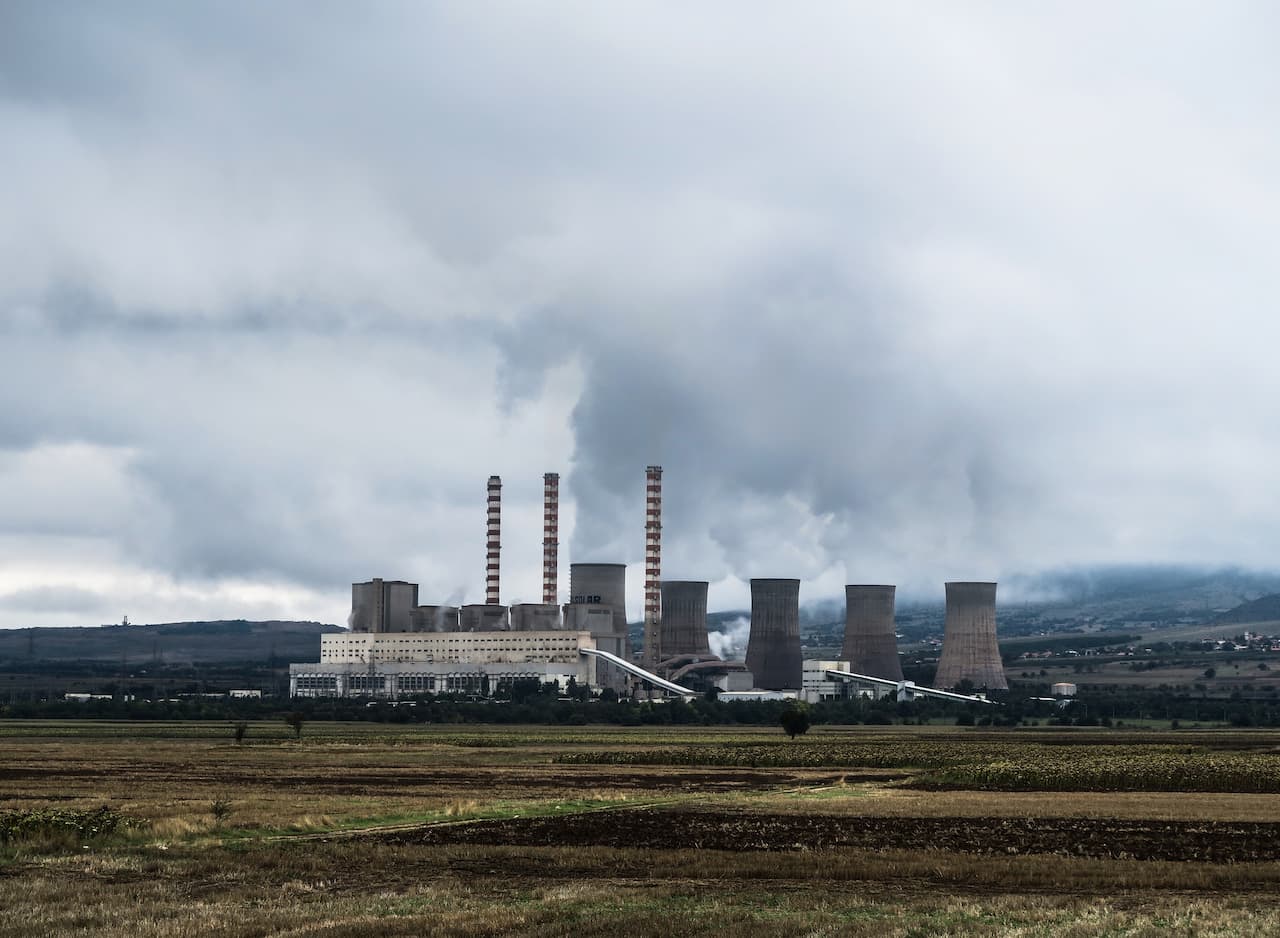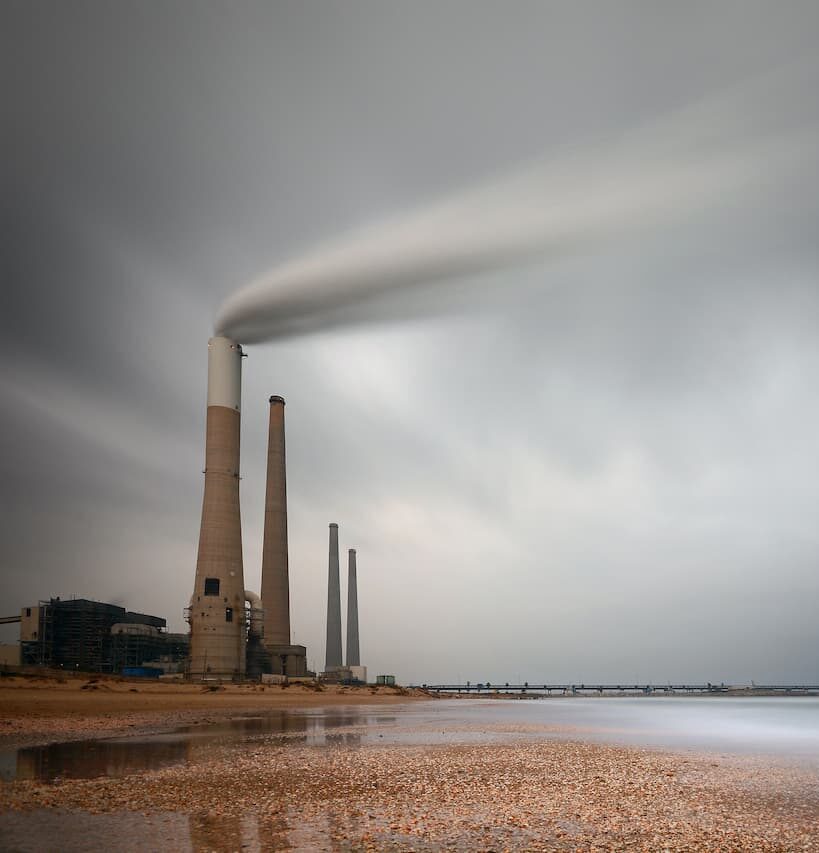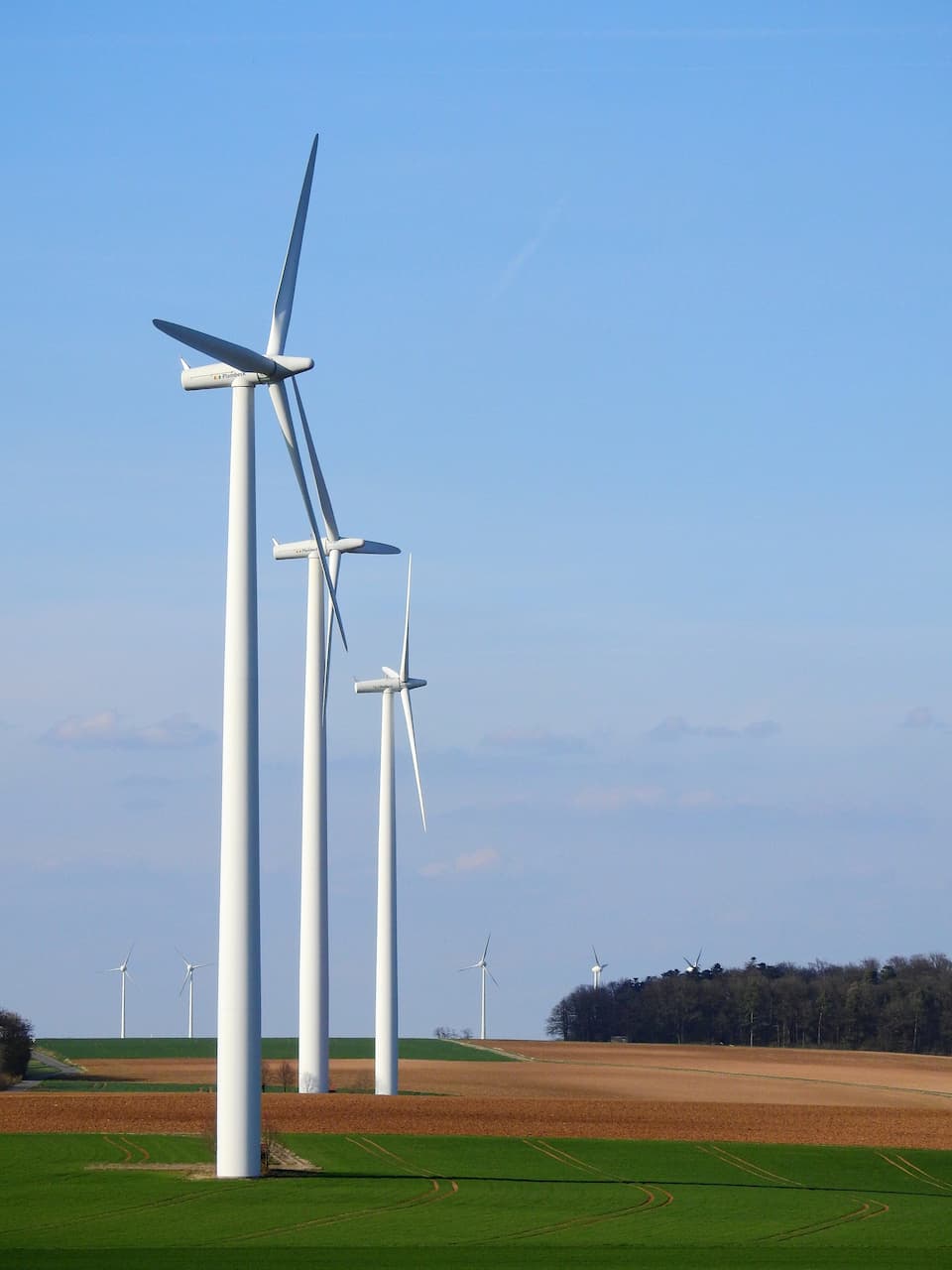On Wednesday night, it will be exactly two months since the United Kingdom did not burn a single gram of coal to generate electricity.
At one time, the invention of the steam engine started the industrial revolution in Britain and then in the rest of the world, and for over a hundred years coal was the main source of energy for mankind.
Until a decade ago, coal accounted for 40% of the UK’s electricity production.
And now this share has dropped to zero. The landmark event is in part due to the Covid-19 pandemic. But not only.
When the country went into quarantine, industrial demand for electricity fell. Power company National Grid responded by shutting down power plants.
Four coal-fired thermal power plants were the first in line to be closed. The last one went offline at midnight on April 9th. The previous record for life without coal – 18 days 6 hours and 10 minutes – was set in June last year.
The data does not apply to the whole United Kingdom, but only to the United Kingdom, as Northern Ireland is not a customer of the National Grid.
The British energy industry has undergone radical changes in the past 10 years.
The phasing out of coal, the backbone of the economy, has been made possible by massive investments in renewable energy sources.
Here are two illustrative examples.
10 years ago, only 3% of the country’s energy consumption was generated by wind and sun, and many saw this as an expensive fad.
The United Kingdom now has the largest number of offshore wind turbines in the world, and the most powerful of its kind, commissioned last year off the coast of Yorkshire.
The Drax Thermal Power Plant, also located in Yorkshire, accounts for 5% of the country’s total energy production. It was the largest consumer of coal in the country 10 years ago, but has since begun to switch to burning compressed wood pellets.
“We came to the conclusion that coal has no future,” explains the manager of the TPP, Will Gardiner. “It was a lot of work, but as a result, we have reduced our CO2 emissions from more than 20 million tons per year to almost zero. Drax uses 7 million tonnes of wood pellets annually from commercial forests and will finally phase out coal by March next year.
Not only coal is being displaced, but also other types of fossil fuels.
According to the environmental online publication Carbon Brief, in the first five months of 2020, 37% of the energy consumed in Britain came from renewable sources, 35% from the combustion of gas, coal and fuel oil, 18% was generated at nuclear power plants and 10% was imported.
“For the first time in history, renewables have produced more energy than fossil fuels,” says Carbon Brief’s Dr. Simon Evans. “Gas consumption is also declining, and there is a good chance that this ratio will continue through the end of the year.”
The coup is happening quickly.
For the first time, renewables produced more energy than fossil fuels on a day in December 2016.
Until the beginning of 2020, there were 154 such days. More than half of them (91 days) were last year.
The share of fossil fuels in general and coal in particular in the energy balance is likely to continue to decline in the future.
The last three coal-fired power plants in the United Kingdom will be closed in the next five years. The fuel of the first industrial revolution will be a thing of the past.








